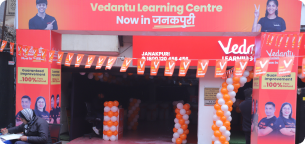Gaseous and Liquid States Revision Notes For Faster and Better JEE Advanced 2025 Preparation






FAQs on JEE Advanced 2025 Revision Notes for Chemistry Gaseous and Liquid States
1. What is the prime difference between fluids and solids?
Solids do not flow on their own from one point to the other but fluids do. The molecules of a solid are packed very close to each other. This is why the free flow of such particles is not possible. On the other hand, molecules in fluids are loosely packed due to a lack of intermolecular force of attraction. This results in their free flow.
2. How is the average kinetic energy of gases related to temperature?
As per the kinetic molecular theory of gases, the average kinetic energy of gas molecules is directly proportional to the temperature of the system. The higher the temperature the higher the average kinetic energy of the gas molecules.
3. How can we define pressure in a gas?
The collision of gas molecules with the walls is defined as the pressure of a gas.
4. Is a mixture of gases in a container homogenous?
According to Graham’s Law of diffusion, gases in a container distribute equally forming a homogenous mixture.




























